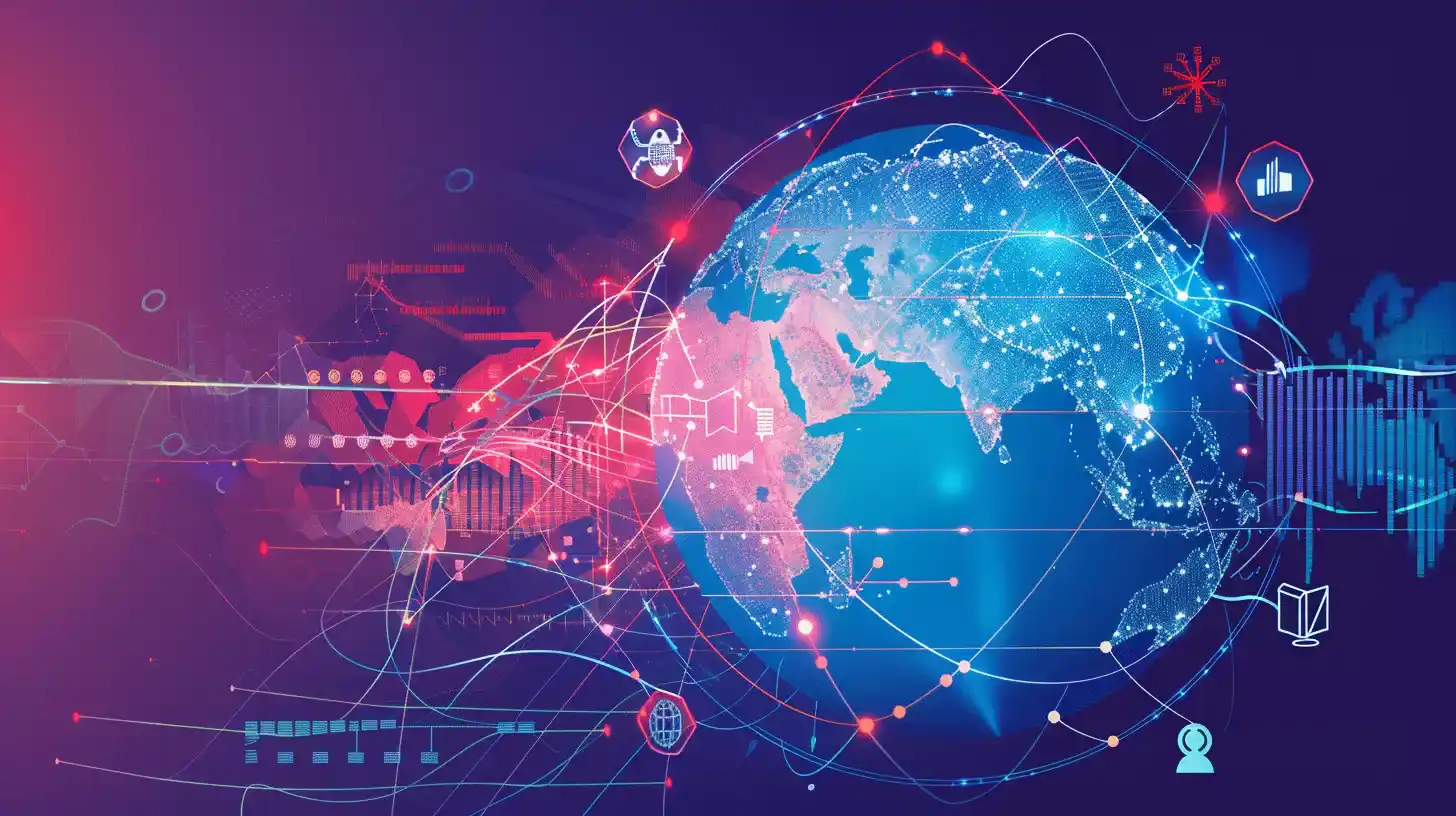Table of Contents
The stage is set for a pivotal moment in the evolution of artificial intelligence. As South Korea prepares to host the second AI Safety Summit on May 21-22, a palpable tension hangs in the air. Google‘s confirmed participation throws a spotlight on the intricate dance between innovation and regulation in the global conversation around AI.
Navigating the Labyrinth: Risks and Rewards of AI
For some, the summit represents a critical forum to address the existential risks and ethical challenges posed by AI. Google’s presence is seen as a positive step, signaling a commitment to responsible development. Others, however, harbor anxieties that excessive regulation could stifle the breakneck pace of innovation and cede ground to competitors like China.

The summit arrives at a time of growing recognition of the need for responsible AI practices. The intricate web of the AI supply chain transcends national borders, creating a complex web of challenges. Copyright issues, for example, highlight the potential for fragmentation in international policy.
The “fair use” doctrine, championed in the U.S., faces mounting challenges, while other countries lack such established traditions. The question of intellectual property protection for AI-generated content adds another layer of complexity.
Beyond Borders: Building a Global AI Safety Framework
Since the last the AI Safety Summit landscape has seen a flurry of activity. The U.S. AI Safety Summit Institute recently secured funding and leadership. Meanwhile, international collaborations are flourishing. The U.S., U.K., and South Korea have partnered on AI safety summit institutes, while the UN, OECD, World Economic Forum, and ISO have all contributed to the growing body of AI guidelines.
The European Union’s AI Act, with its potential “Brussels Effect,” adds another wrinkle to the global conversation.
The Innovation Imperative: Balancing Safety with Progress
While advancements in AI models themselves may seem incremental, the focus has shifted to building a robust infrastructure around AI. Ensuring secure data access through Responsible AI Governance (RAG) patterns, optimizing cost-efficiency, and mitigating malicious inputs/outputs are key areas of development. OpenAI‘s impending release of GPT-5 could potentially disrupt the landscape, but its impact remains to be seen.
From Words to Actions: Measuring the Summit’s Impact
The international momentum for safer AI is undeniable. The U.S.-U.K. partnership on advanced AI model testing is a testament to this commitment. However, some observers temper their expectations for the South Korea summit. Many governments are still grappling with implementing past commitments, and a deeper understanding of AI’s nuances, particularly regarding bias and open-access risks, is necessary for more substantive discussions.
The upcoming summit presents a crucial opportunity to bridge the gap between rhetoric and action. Can global leaders translate their aspirations into a concrete framework for responsible AI development? The world waits with bated breath to find out.
The Stakes of Seoul: Potential Outcomes of the AI Safety Summit
The South Korea AI Safety Summit hinges on navigating a labyrinth of competing interests and priorities. Here are some potential outcomes:

A Unified Front:
The AI Safety Summit could foster a spirit of international collaboration, leading to a unified approach to AI safety. This could involve:
- Harmonized AI safety standards: Collaborative efforts could establish a global framework for responsible AI development, addressing issues like data privacy, bias mitigation, and algorithmic transparency.
- Joint research initiatives: Pooling resources could accelerate progress in crucial areas like explainable AI (XAI) and robust safety mechanisms for advanced models.
- Global AI Safety Council: The creation of a dedicated international body could provide ongoing oversight and guidance on AI development and deployment.
A Fractured Landscape:
If consensus proves elusive, the AI Safety Summit could exacerbate existing divides:
- Geopolitical tensions: National security concerns and the race for technological dominance could create friction between countries with different values and priorities.
- Regulatory divergence: The absence of a unified approach could lead to a patchwork of national and regional regulations, hindering innovation and creating a complex compliance landscape for businesses.
- Innovation slowdown: Excessive focus on risk mitigation could stifle the pace of progress, particularly in fast-moving fields like deep learning and AI for business applications.
A Catalyst for Progress:
Even without a definitive outcome, the summit can serve as a springboard for future developments:
- Increased public awareness: Global attention on AI safety could spark broader public discourse and engagement on the ethical implications of this powerful technology.
- Private sector action: The summit could inspire leading tech companies like Google, DeepMind, and others to implement stricter internal AI safety controls and best practices.
- Investment surge: Recognition of the challenges and opportunities in AI safety could attract increased funding for research and development in this critical area.
The South Korea summit is a critical juncture in the journey towards responsible AI. Whether it marks a turning point or simply another step on the path remains to be seen. One thing is certain: the world watches with keen interest, for the decisions made today will shape the future of AI and its impact on humanity.





